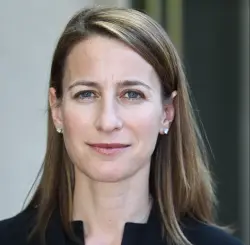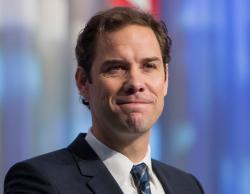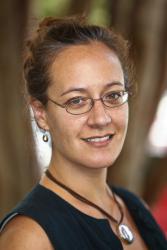Jenny Perlman Robinson, fellow with the Center for Universal Education, and John McArthur, senior fellow in the Global Economy and Development program, address progress toward meeting the UN Sustainable Development Goals and explain how scaling up local development efforts enables the learning, data collection, and information sharing that make further progress possible.
McArthur explains how the Millennium Development Goals helped change traditional thinking about development: “I remember being in meetings in the early 2000s…and people would say, ‘Well, you have to make a choice: is it health or education? Which are you going to do first?’ And that’s a false choice. That’s like saying, should the ministry of education do something, or should the ministry of health do something? Well, they both have jobs to do, they both can do more with a bit of support, and what we saw was that both could do a lot more if we change our approaches. And so, we’ve seen that that kind of false competition between issues has been mitigated.”
Robinson shows how education efforts, although far better than in past years, still need to improve in order to meet the true needs of underdeveloped states: “When it comes to education, what gets measured gets done, and we can’t improve what we don’t know. I think about that a lot with education. And I think, partly what we saw with the Millennium Development Goals and the indicators we had there is, it is much easier to measure bottoms in the seats than it is to measure learning. First, there’s the question of how you’re defining learning…I think that there’s a real recognition there that we need to come to some sort of clarity in how we’re thinking about learning and what it entails: what children need to learn, what their futures will look like in a changing world.”
Show Notes:
How successful were the Millennium Development Goals?
Millions Learning: Scaling up quality education in developing countries
Ending Rural Hunger: Mapping Needs and Actions for Food and Nutrition Security
Millions Learning Case Studies
Accelerating progress towards the SDGs: A resource list for scaling up quality education
With thanks to audio producer Gaston Reboredo and producer Vanessa Sauter, and also thanks for additional support from Kelly Russo, Fred Dews, and Richard Fawal.
Subscribe to Brookings podcasts here or on iTunes, send feedback email to [email protected], and follow us and tweet us at @policypodcasts on Twitter.
Intersections is part of the Brookings Podcast Network.






Commentary
PodcastScaling to sustainability: Meeting the challenge of the Sustainable Development Goals
March 15, 2017